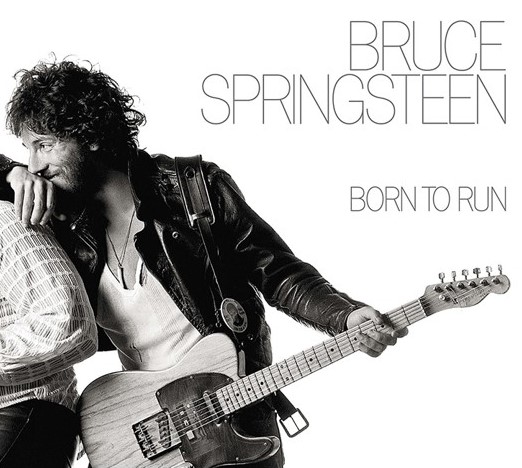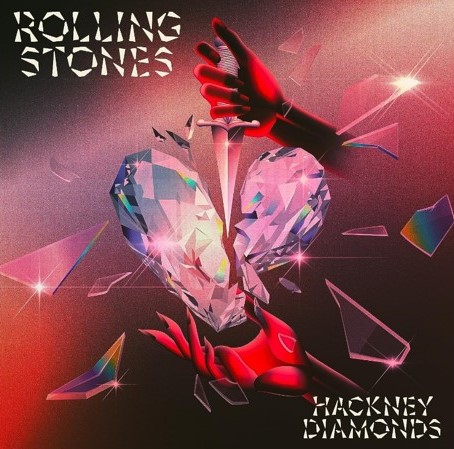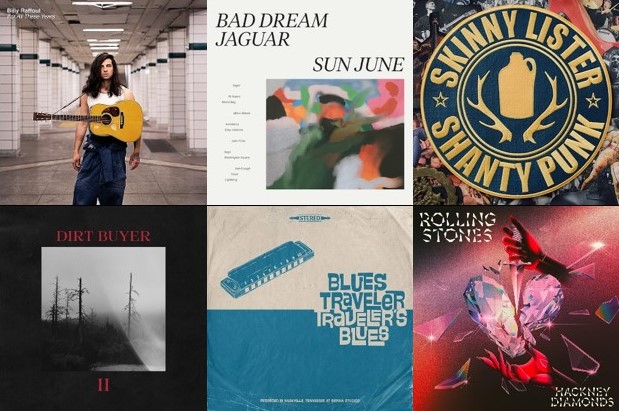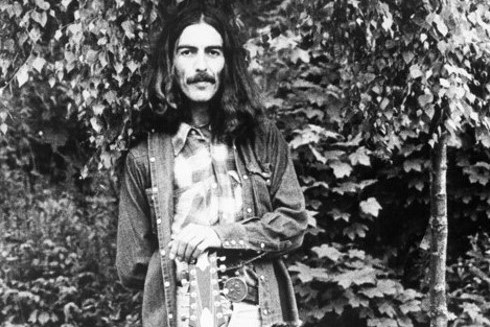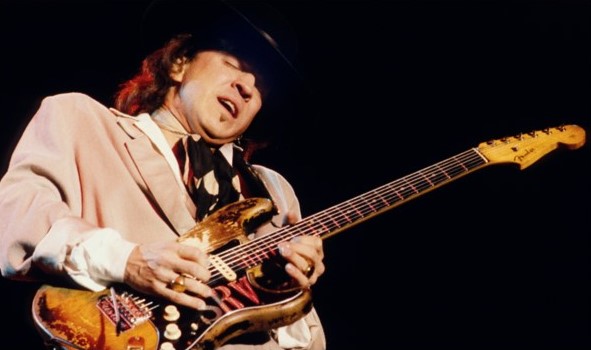Happy Sunday and welcome to another excursion with the magical music time machine. As I’m putting together our itinerary for today, it’s sunny with a whopping 78F in central New Jersey, USA, where you can run into a deer, bunny, squirrel and other lovely animals in your front or backyard or anywhere else pretty much anytime. The leaves have started changing colors, which is accentuated by the sun and the blue sky. It has also impacted my pick for our first stop today.
B. Thompson/Autumn Colors
Let’s kick it off with some soothing contemporary pop jazz by Bryan Thompson, professionally known as B. Thompson, a 26-year-old pop and R&B instrumentalist from Indianapolis, Ind. I make no bones about it: I found him by searching my streaming music provider’s database for “autumn colors.” According to his website, Thompson became a child prodigy and multi-instrumentalist at age 9, even though he’s impacted by hearing loss in his right ear. Thompson’s debut single Irresistible came out in November 2019, followed by self-produced EP Isolated Sessions in May 2020 during the pandemic. To date, Thompson has garnered more than 100 million views on social media. Here’s the beautiful Autumn Colors, off what looks like his first full-length album, P.O.V., released in May 2022 – reminds me a bit of Kenny G.
The Valentinos/It’s All Over Now
Our next stop takes us back to May 1964 and a terrific single by The Valentinos, and a song you may have heard by that blues cover band called The Rolling Stones: It’s All Over Now – well, it certainly ain’t for the Stones who continue to rock on in their seventh decade! It’s All Over Now was co-written by Bobby Womack and his sister-in-law Shirley Womack. The original recording by The Valentinos peaked at no. 94 on the U.S. pop chart. The Stones took it to no. 1 in the UK, scoring their first chart-topper. The Valentinos, aka. The Womack Brothers, launched the careers of Bobby and Cecil Womack. Bobby went on as a successful solo artist, while Cecil formed Womack & Womack, a partnership with his wife Linda Womack, and they enjoyed a successful recording career, particularly in the ’80s.
Little Feat/Rad Gumbo
Let’s now head to March 1990 and some tasty music by Little Feat, a group blending blues, R&B, country and rock & roll into a tasty southern gumbo I was first introduced to by my longtime German music friend Gerd – I feel he’s becoming a regular on The Sunday Six! Little Feat were formed in 1969 and initially led by lead vocalist and guitarist Lowell George until their first breakup in 1979 and shortly before his untimely death at age 34 in June of the same year. In 1987, the band’s surviving former members reunited. Little Feat remain a touring act to this day but have seen many line-up changes, with keyboarder Bill Payne remaining as the only original member. Rad Gumbo, a specific listening suggestion by Gerd, is credited to Payne and his then-bandmates Paul Barrere (guitar, vocals), Sam Clayton (percussion, vocals) and Kenny Gradney (bass), along with Martin Kibbee and Neon Park. The song appeared on Little Feat’s ninth studio album Representing the Mambo, the second after reforming.
Orleans/Still the One
Time to pay a visit to the ’70s and some real ear candy by Orleans, an American pop and soft rock band formed in 1972. They had their heyday in the mid ’70s and are best known for their top 10 singles Dance With Me and Still the One. The latter was co-written by the group’s co-founder John Hall and his then-wife Johanna Hall, and recorded for the band’s fourth studio album Waking and Dreaming released in August 1976. Orleans are still around, and their most recent album New Star Shining appeared in 2021. Hall who also served as a Congressman from 2007-2011 remains the only original member. You could well imagine Still the One on a ’70s album by The Doobie Brothers.
Chuck Berry/Maybellene
Not having an old jazz tune on the itinerary doesn’t mean we couldn’t make a stopover in the ’50s. Let’s do that right now and have some fun with Chuck Berry and his first hit Maybellene, which was released as a single in July 1955. Partially adapted from a traditional Western swing called Ida Red, Maybellene was written by Berry and is considered a pioneering rock & roll song. The tale of a man in a V8 Ford pursuing his unfaithful girlfriend who is driving a Cadillac Coupe DeVille is a nice illustration of Berry’s great lyrics. Maybellene also ended up on his third studio album Chuck Berry Is on Top, which appeared in July 1959 and might as well have been titled the greatest hits of classic rock & roll!
R.E.M./Talk About the Passion
Our sixth destination means we need to wrap up another music time travel trip. In order to do that, let’s go to April 1983 and Murmur, the debut album by R.E.M. The alternative rock band had been formed three years earlier in Athens, Ga. Murmur featured all co-founding members Michael Stipe (lead vocals), Peter Buck (guitar), Mike Mills (bass, piano, organ, vibraphone, backing vocals) and Bill Berry (drums, percussion, backing vocals, bass, piano). That lineup would remain stable for the next nine albums, including their most successful ones Out of Time (March 1991), Automatic For the People (October 1992), Monster (September 1994) and New Adventures in Hi-Fi (September 1996). Here’s Talk About the Passion, credited to all four members. The song also became the second single off the album. It’s classic R.E.M.!
Of course, this post wouldn’t be complete without a Spotify playlist of all the above goodies. Hope you had a good time and will be back for more!
Sources: Wikipedia; YouTube; Spotify


